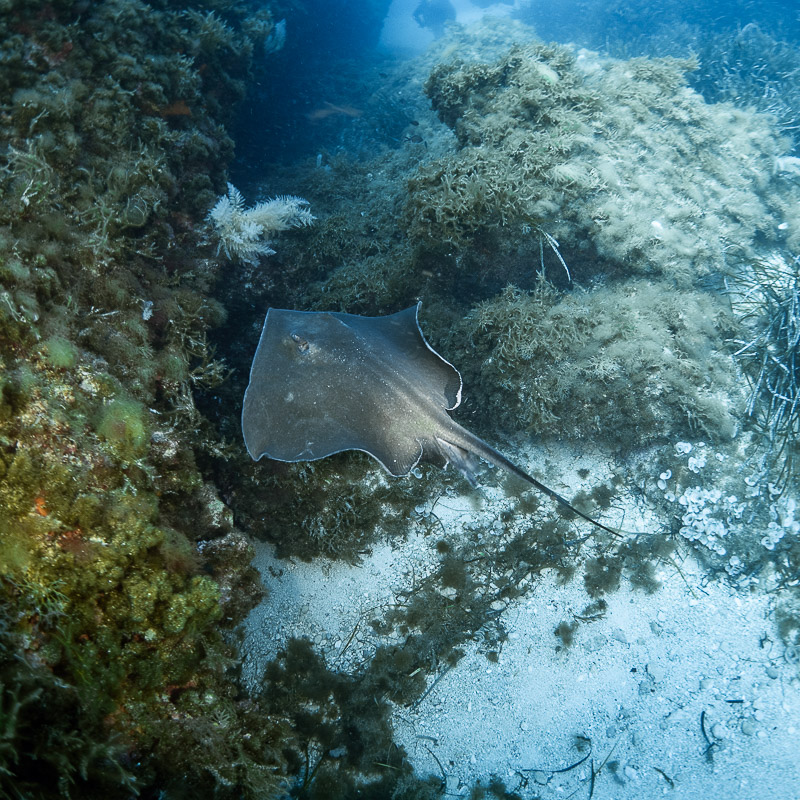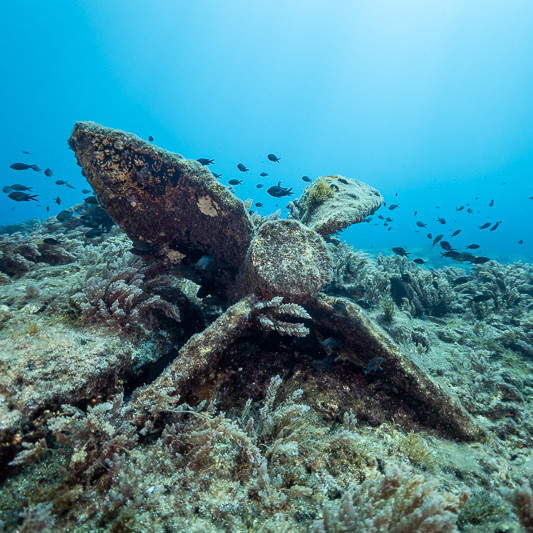European squids are a diverse and fascinating group of cephalopods that inhabit the waters of the European seas. Cephalopods, which include squids, octopuses, and cuttlefish, are known for their advanced intelligence, remarkable ability to change color and texture, and their unique method of jet propulsion.
One of the most well-known European squids is the common European squid (Loligo vulgaris), a species widely distributed in the Northeast Atlantic Ocean and the Mediterranean Sea. These squids are characterized by their elongated bodies, triangular fins, and a distinctive pair of tentacles equipped with suckers. They are highly adaptable and can be found at various depths, from shallow coastal waters to deeper offshore regions.
Ecosystem
European squids play a crucial role in marine ecosystems, serving as both predators and prey. They are voracious hunters, feeding on small fish, crustaceans, and other cephalopods. In turn, they are targeted by larger predators such as sharks, dolphins, and even some whales. Their rapid growth and short lifespan contribute to their importance in the food web.
European squid facts
One of the most remarkable features of European squids is their ability to communicate and exhibit complex behaviors. They use a combination of visual signals, such as changes in color and body pattern, and elaborate body movements to convey information to other squids. This communication is vital for mating, establishing territory, and warning of potential threats. The intelligence of squids, including problem-solving abilities, has captivated researchers and led to further studies on cephalopod cognition.
Reproductive process
European squids have a short lifespan, typically ranging from one to two years, during which they undergo rapid growth and maturation. Reproduction involves complex courtship rituals, with males engaging in displays to attract females. Females deposit their eggs in gelatinous capsules attached to the seafloor or other substrates, providing protection for the developing embryos. Once hatched, the young squids undergo a rapid growth phase, reaching maturity within months.
European squids distribution
Environmental factors, including temperature and food availability, influence the distribution and abundance of European squids. Changes in these factors, driven by climate change and human activities, can impact squid populations and their interactions with other marine organisms.
In addition to their ecological significance, European squids are commercially valuable, supporting important fisheries throughout the region. Squid is a popular seafood choice in many European countries, finding its way into various cuisines as calamari or used in dishes such as paella and risotto.
Researchers continue to study European squids to unravel their ecological roles, behaviors, and potential responses to environmental changes. The intricate lives of these cephalopods continue to captivate scientists and enthusiasts alike, emphasizing the need for conservation efforts to ensure the health and balance of European marine ecosystems.
European squids in Malta
Squids are not that easy to spot in Malta unfortunately. Good time and place to see these wonderful creatures would be Anchor bay on a night dive. Shallow waters of Anchor bay dive site allows scuba divers to spend considerable time underwater. Summer months are generally the best time to looks for European squids. Often seen in groups of about 5 species, they do allow divers to come close and appreciate their beauty.
Sometimes in winter, squids can also be seen next to Um El Faroud wreck, so be on a lookout next time you’re heading there.
Blackwater dives are also considered great place to look out for European squids.







Reviews
There are no reviews yet.